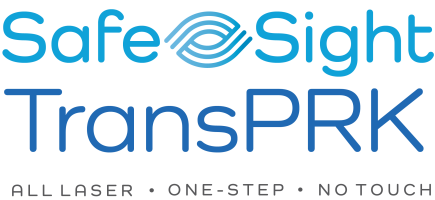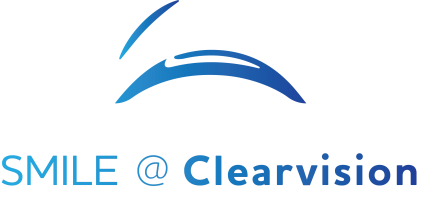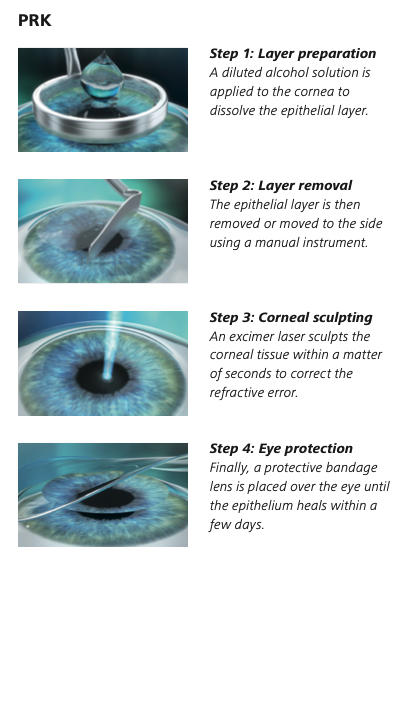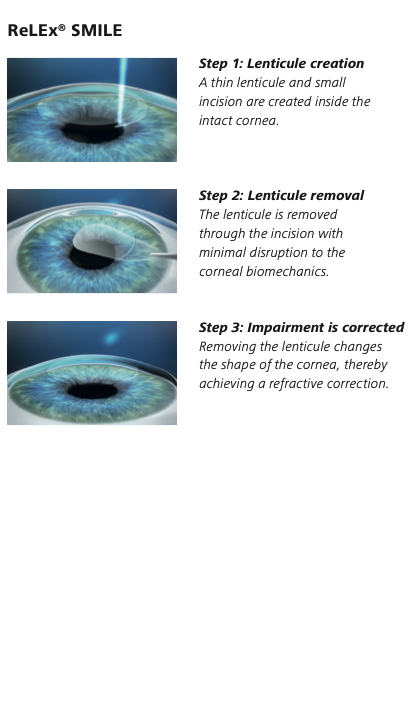PRK – the very first laser vision correction method. ReLEx SMILE – one of the most recent methods to have entered into the playing field in the last few years. How do these well-known procedures compare? Read on to find out!
Intro

PRK (PhotoRefractive Keratectomy) is an Advanced Surface Ablation (ASA) procedure, meaning that there is no cutting to create a flap to allow the laser to access and reshape the cornea. Instead the outermost layer of cells is gently scraped away manually after being dissolved.
It came into existence in the early 1990s and was the very first laser vision correction method introduced into the world. Throughout the decades, we have seen various iterations of PRK, ultimately leading to what we have today with TransPRK.

ReLEx SMILE (Refractive Lenticule Extraction, Small Incision Lenticule Extraction) was created with the aim of bringing over some of the benefits of LASIK, while being minimally invasive. It makes use of the creation and removal of a tiny lens-shaped piece of corneal tissue within the eye, to reshape the cornea.
ReLEx SMILE was introduced to the world in 2011 by ZEISS, and in 2016, it was introduced into the US after passing the US Food and Drug Administration’s (FDA) notoriously strict regulations and safety standards.
Treatable Conditions
TransPRK
- Hyperopia (difficulty seeing objects up close)
- Myopia (difficulty seeing objects at long distances)
- Presbyopia (difficulty focusing on objects up close, in older age a.k.a. lao hua yan)
- Astigmatism (distorted, blurry vision at any distance)
SMILE
- Myopia (shortsightedness – difficulty seeing objects at long distances)
- Astigmatism (distorted, blurry vision at any distance)
Procedure Steps


Pros
TransPRK
- Flapless
- Low impact on corneal stability
- No flap complications
- Suitable for thinner corneas
SMILE
- Flapless
- Low impact on corneal stability
- No flap complications
- Low incidence of dry eyes
- Low risk of affecting night vision
- Almost no pain
- Fast recovery
Cons
TransPRK
- Risk of dry eyes
- Risk of affecting night vision
- Discomfort during healing
- Slow visual recovery
- Risk of hazy vision
SMILE
- 1% risk of lenticule complications (suction loss, unsuccessful extraction, lenticule tear), requiring the patient to switch to TransPRK
- More narrow range of suitability criteria (hyperopia; high myopia or thin corneas not eligible)
- ReLEx SMILE cannot be performed twice, meaning that any further enhancements will have to be done using a different laser vision correction method
Conclusion
We hope that this comparison gives you a good idea of the advantages and disadvantages of both procedures. If you want to learn more about other laser vision correction methods, please visit our comparison table, or check out the comprehensive article comparing two of our main procedures at Clearvision Singapore – TransPRK and ReLEx SMILE.
Book Your Eye Evaluation
If you would like to book a suitability evaluation with us to determine if you are eligible for laser vision correction surgery,
📞 Call us at 6733 3316
📱 WhatsApp us at 8383 7989
✉️ Email us at doctor@clearvision.com.sg
🤳 Message us on Facebook
🤳 Message us on Instagram
The evaluation costs $55 and will take around 1 – 2 hours.
It will include a series of eye tests as well as a personal consultation with your lasik surgeon.
Suitability Evaluation Guide
Our suitability evaluations typically take place during these times, subject to availability –
| Mondays | 2:30 PM – 3:30 PM |
| Tuesdays | 9:00 AM 2:30 PM – 5:15 PM |
| Wednesdays | 9:00 AM |
| Thursdays | 2:30 PM – 3:30 PM |
| Fridays | 9:00 AM – 11:00 AM 2:30 PM – 5:15 PM |
Just let us know which days and times work for you and we’ll do our best to accommodate.








